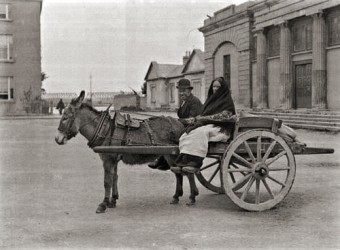Search Results for 'Augustus John'
14 results found.
Some awful things that George Moore said...
You might think that those at the core of the Irish literary renaissance at the beginning of the 20th century, were one big happy family beavering away in their rooms at Lady Gregory's home at Coole, Co Galway. In those early days it was a house full of voices and sounds. Sometimes you heard WB Yeats humming the rhythm of a poem he was cobbling together; or the click-clacking of Lady Gregory's typewriter as she worked on another play for the Abbey. There was the sound of the Gregory grandchildren playing in the garden; the booming voice of George Bernard Shaw, as he complains that he is only allowed to have either butter or jam on his bread, but not both to comply with war rations (He cheated by the way. He put butter on one side of his bread, and when he thought no one was looking, piled jam on the other!); or the voices of the artist Jack Yeats and JM Synge returning from a day messing about on a boat calling out to a shy Sean O'Casey to come out of the library for God's sake and enjoy the summer afternoon.
Caitlin and life with the Johns
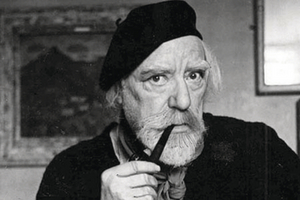
The four Macnamara children, John, Nicolette, Brigit and Caitlin, when abandoned by their father, must have sought some stability from their mother Yvonne. But she was distracted by her passion for Nora Summers, and was just not available. Instead they were scooped up by the artist Augustus John, and his mistress Dorelia McNeil, and, saying good-bye to Doolin, were brought to live in his rambling red-brick home in Dorset. At the end of a sweep of gravel, lost in rhododendrons and trees, Alderney Manor was surrounded by miles of moorland. It was an ideal and happy playground for young children.
Stormy summers on the Clare coast
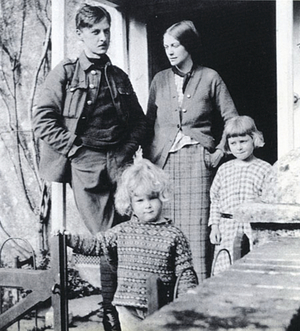
One of the most interesting hotels in Ireland is the Falls Hotel, Ennistymon, Co Clare. Apart from its spectacular setting overlooking the River Inagh as it cascades over wide ledges almost immediately outside its door, this distinctive building conceals within its walls an 18th century mansion, and a late medieval castle. It was the home of the one-time wealthy Macnamaras, landlords of vast Clare territories. The last of the clan to hold any real status was Henry Valentine Macnamara (known as Henry Vee), the High Sheriff of Co Clare, and a character to be reckoned with. One December morning in 1919, Henry Vee and friends (who included a British army officer and a Lady Beatrice O’Brien), set out in a convoy of cars for a woodcock shoot in the Burren.
Twentieth Autumn Gathering focused on Yeats’ passionate relationships
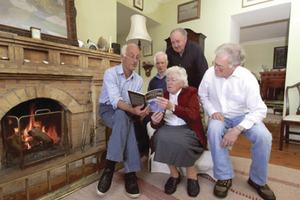
Even though the 20th successive Autumn Gathering centred on the talented Lady Augusta Gregory and her influence on the Celtic cultural revival at the beginning of the last century, it was her prodigy, WB Yeats, who stole the show.
Stories from the Trees: The Lady Gregory Autumn Gathering
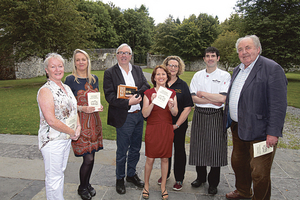
The highly successful Lady Gregory Autumn Gathering celebrates its 20th birthday in Coole Park, Gort, from Friday to Sunday, September 26 to 28.
The strange exile of a disillusioned ‘Buck Mulligan’
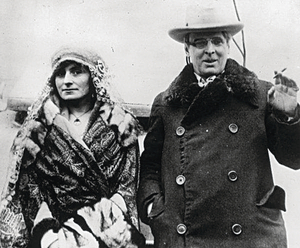
Following his narrow escape from Republican forces, who were intent on killing him by the banks of the Liffey that cold night in January 1923, Oliver St John Gogarty wisely took himself off to London. He immediately became the toast of polite society there who delighted in his stories and witty conversation.
The Coole door knocker will rat-a-tat-tat once again
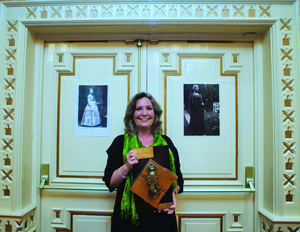
How many famous people lifted that heavy brass knocker on the door of Lady Augusta Gregory’s home at Coole, Co Galway, and gave it a resounding rat- a -tat -tat? It resounded again last weekend with all the authority of a grumpy judge’s gavel. The writer and broadcaster John Quinn, chairman of the 19th Autumn Gathering, used it to great effect to keep speakers to their time, and to summon people to the next event.
‘Ashamed, as one often is, of Dublin’
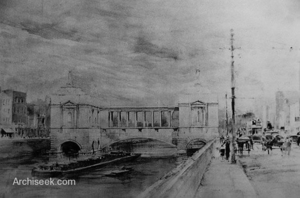
In the closing weeks of the summer of 1913, there was intense activity at Coole Park, the heart of the Celtic Literary Revival. The considerable energies of both Lady Gregory and WB Yeats were fully committed to supporting Gregory’s nephew Hugh Lane, and his quest to establish a municipal gallery of modern art in Dublin.
A missed opportunity
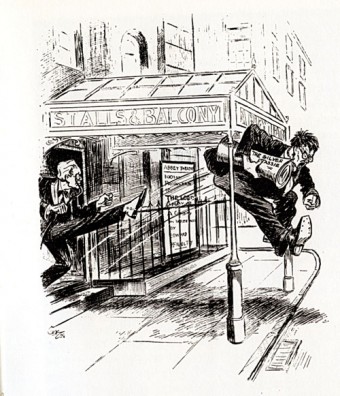
There is often more drama in the board room of the Abbey Theatre, Dublin, than what is presented on its stage. Following a famous conversation in Doorus House, Kinvara, one rainy afternoon in 1897, Lady Augusta Gregory of Coole Park, Edward Martyn of Ardrahan, and the young poet WB Yeats agreed to set up the Irish Literary Theatre. Theatre at the time was mainly influenced by the popular British music hall variety; and melodrama. It was agreed that day in Co Galway that the new Irish theatre would ‘embody and perpetuate Irish feeling, genius, and modes of thought’.
